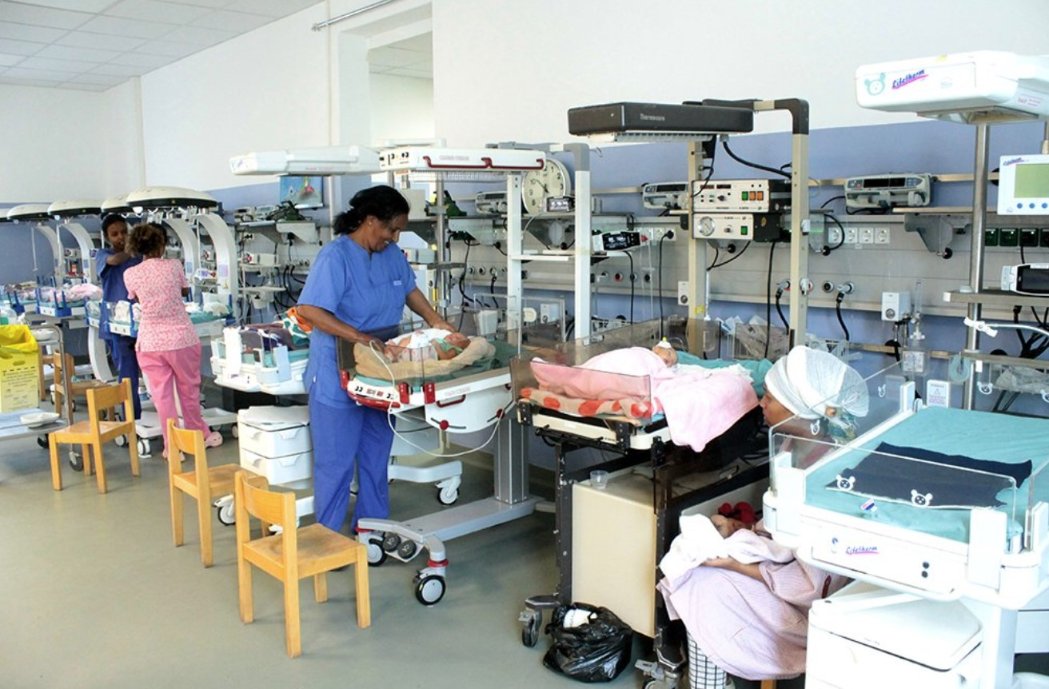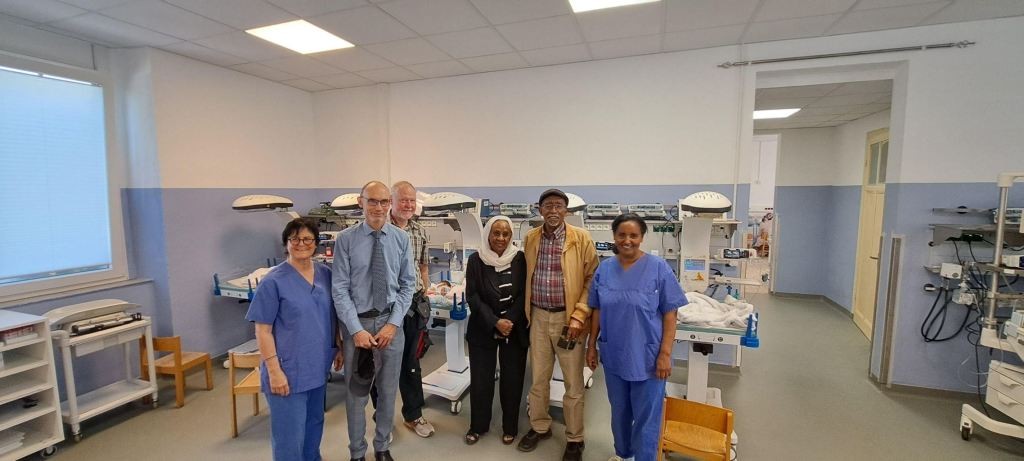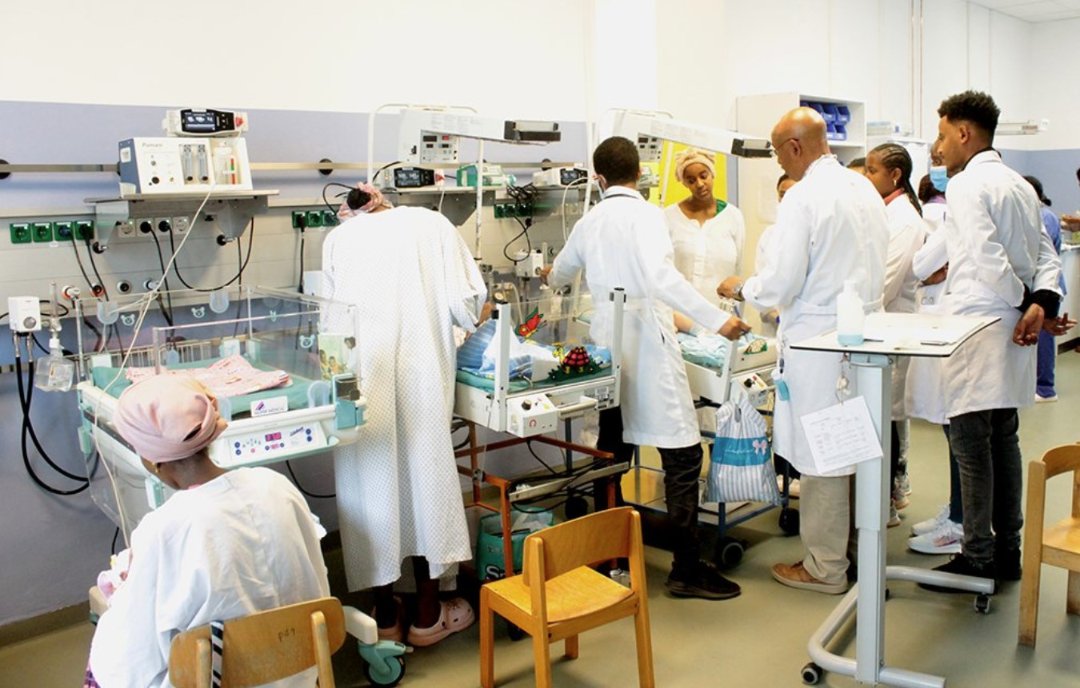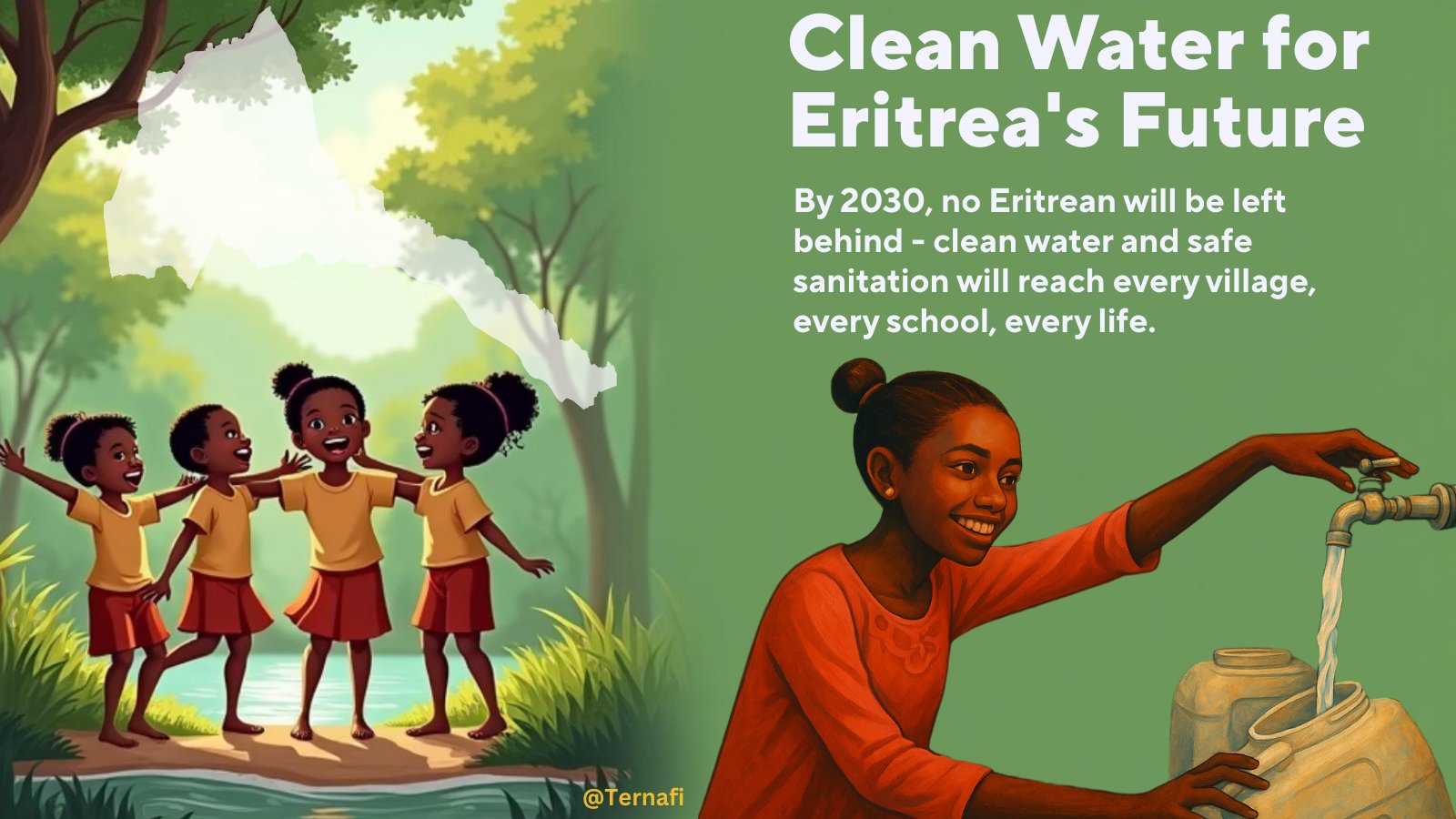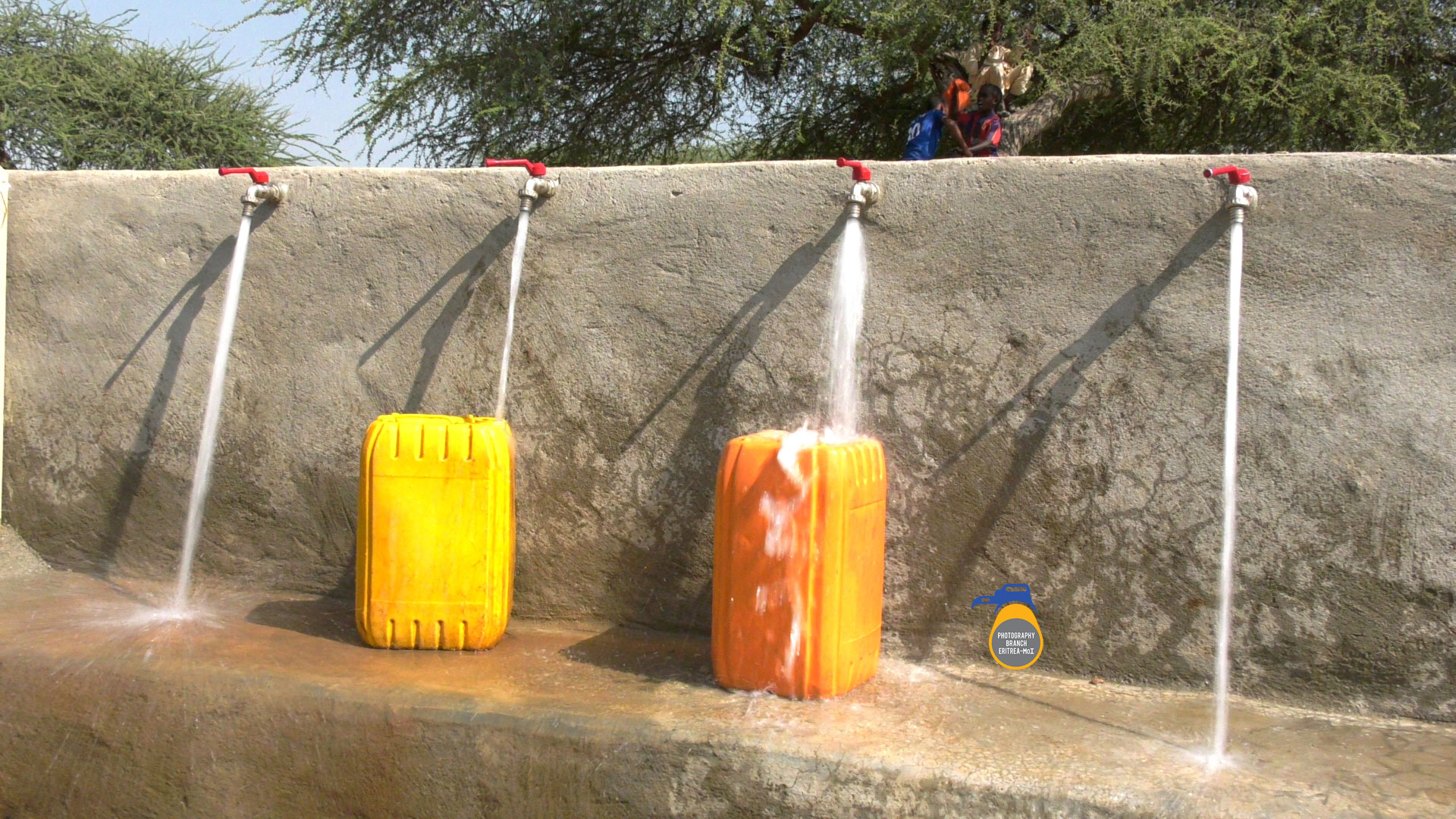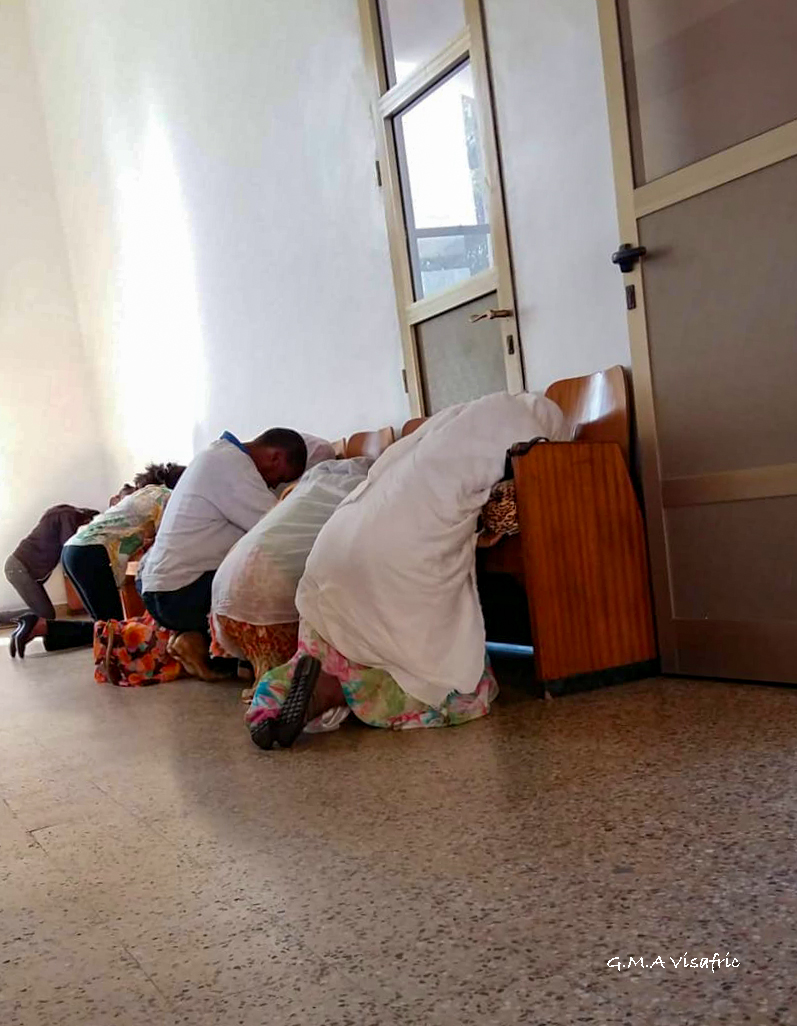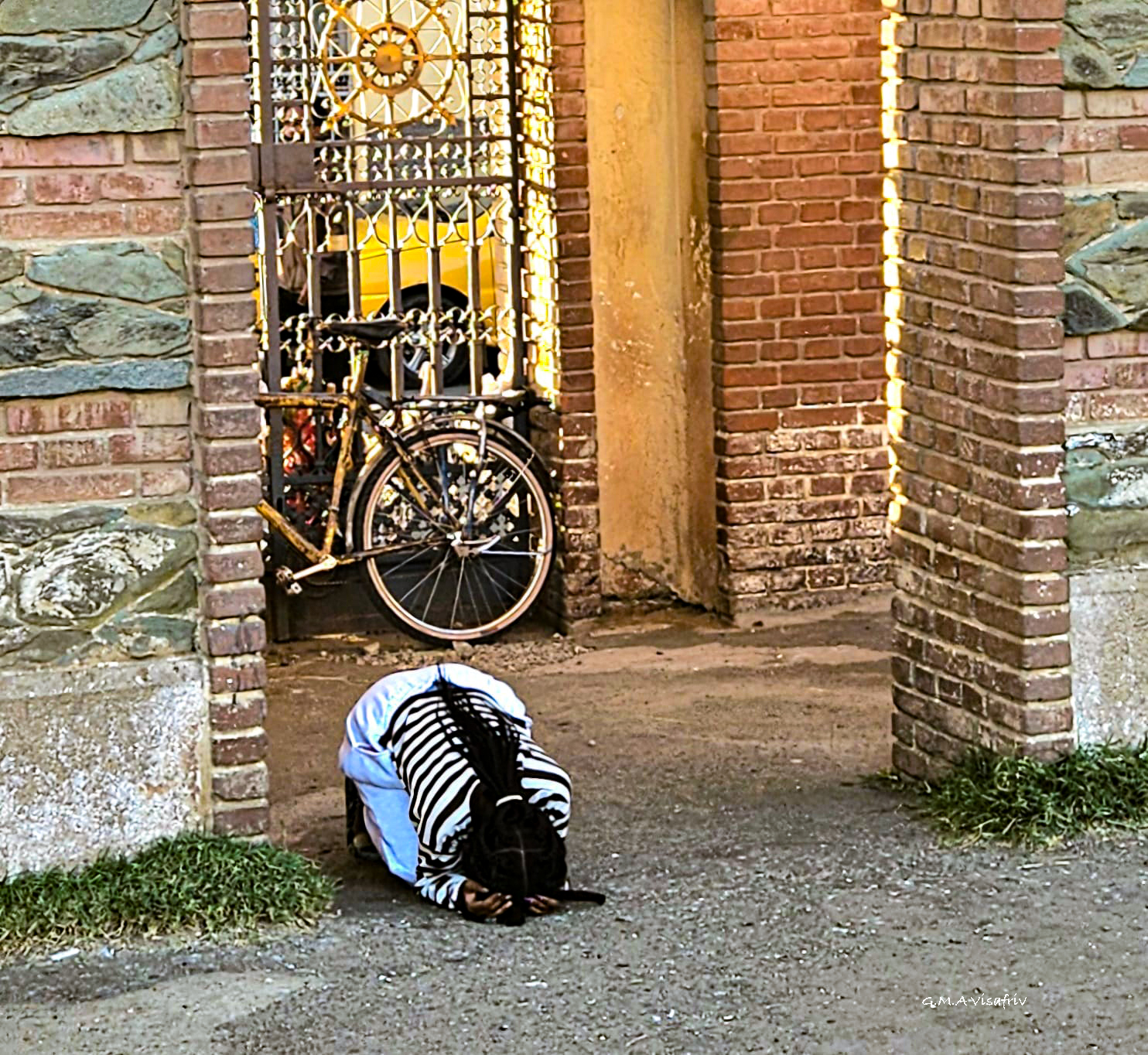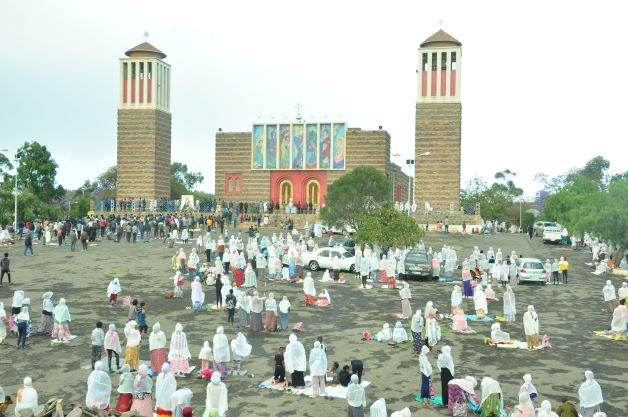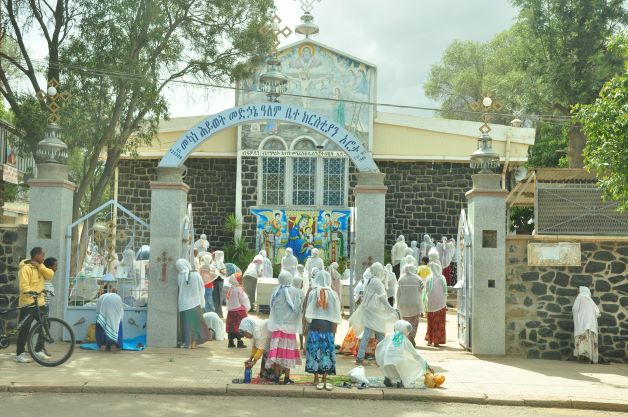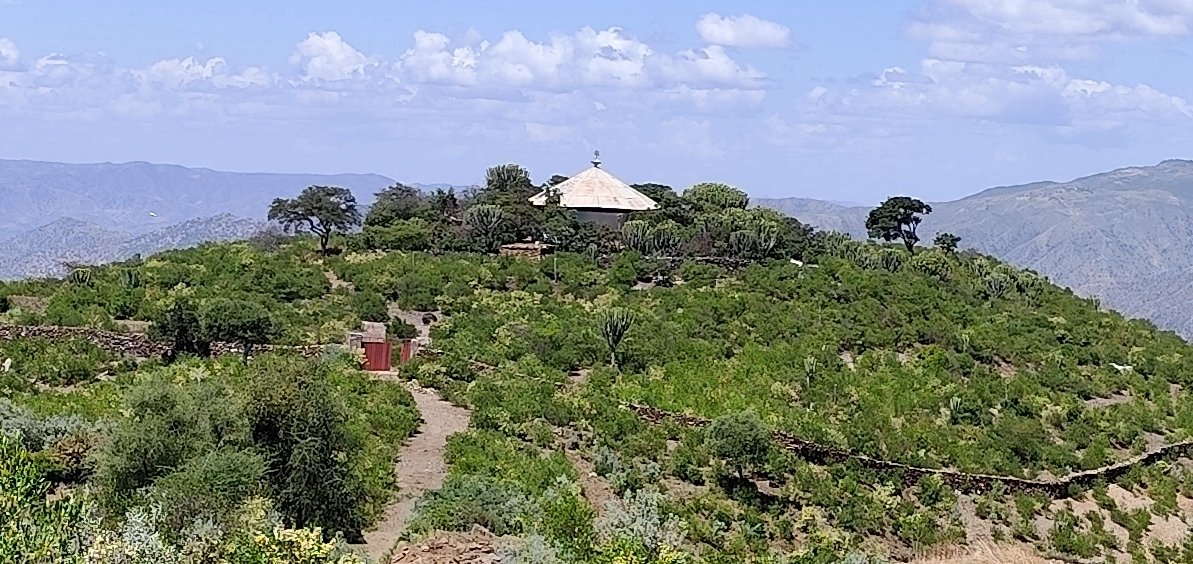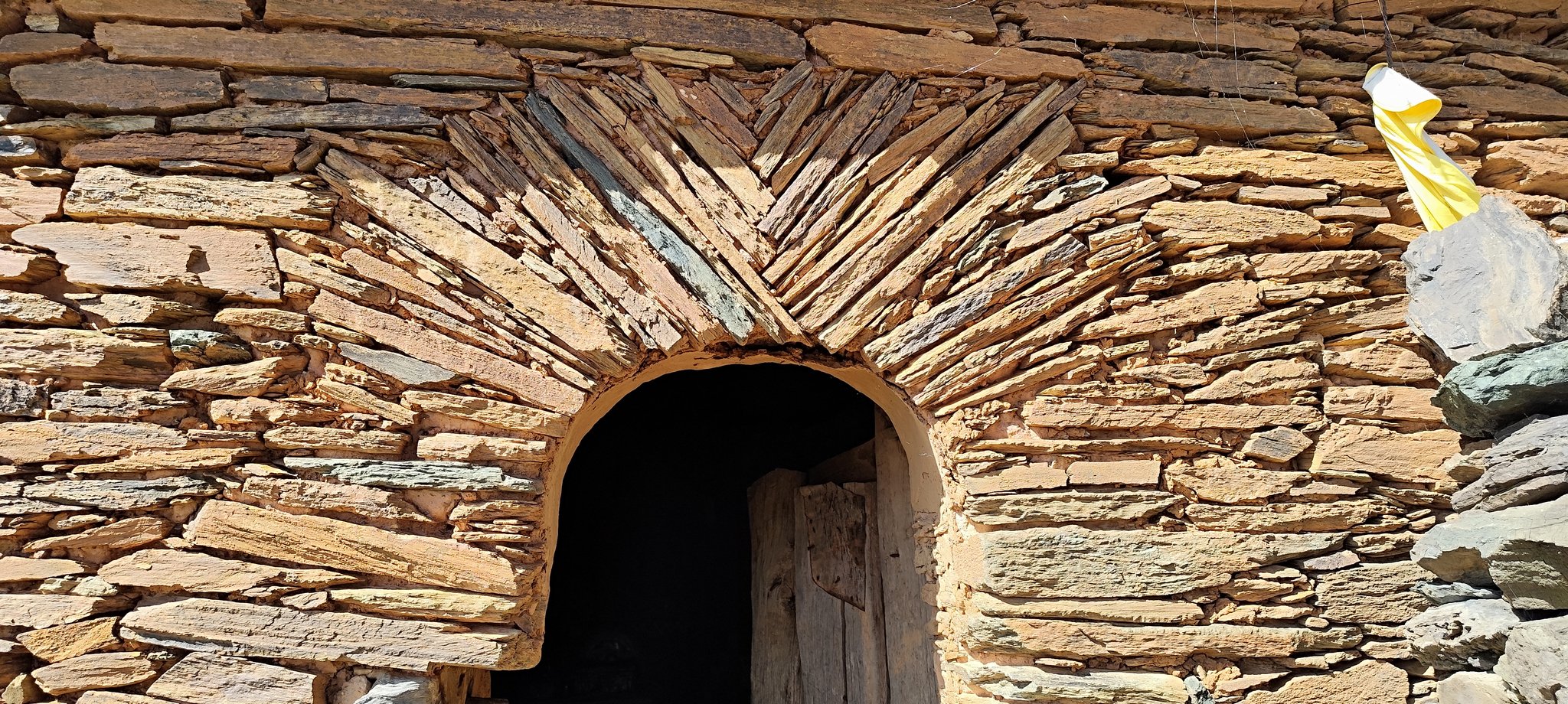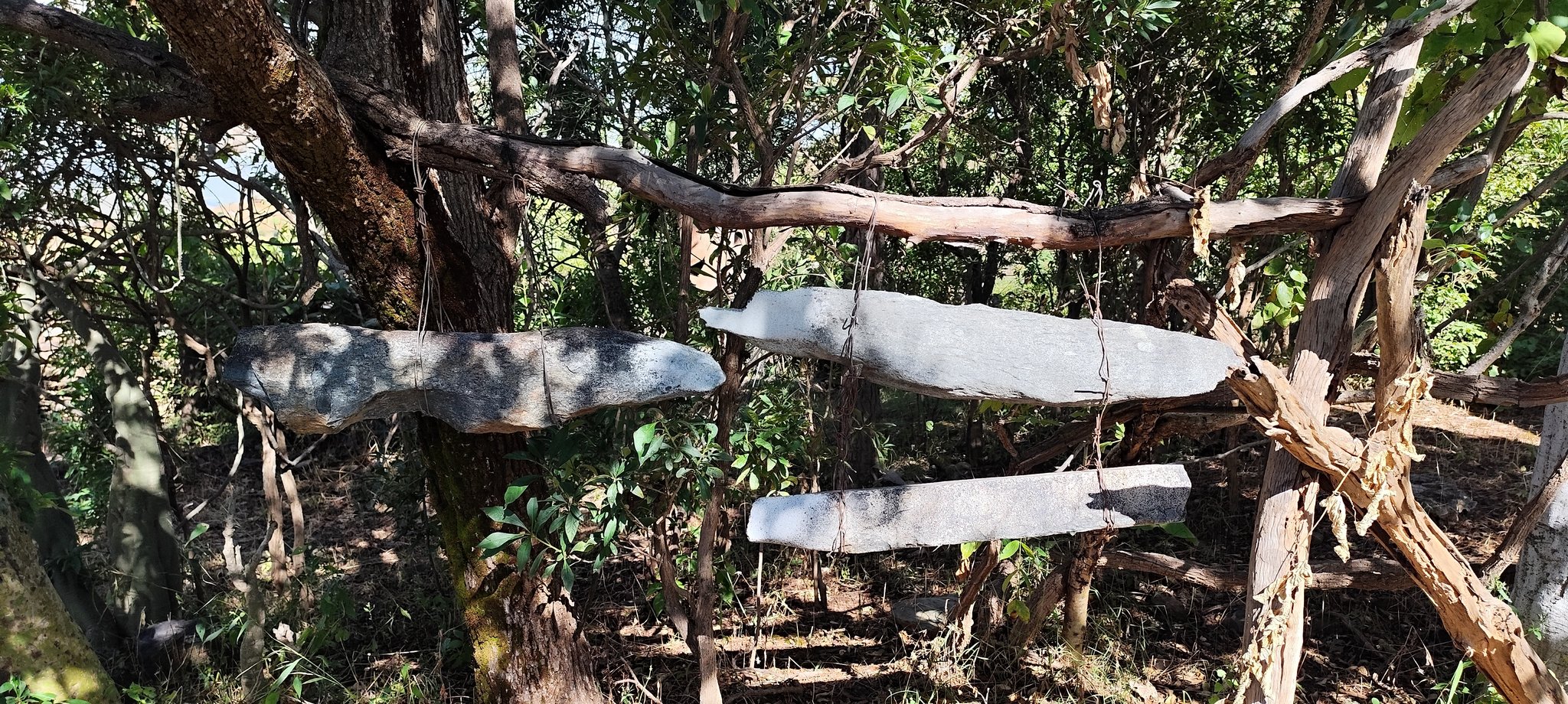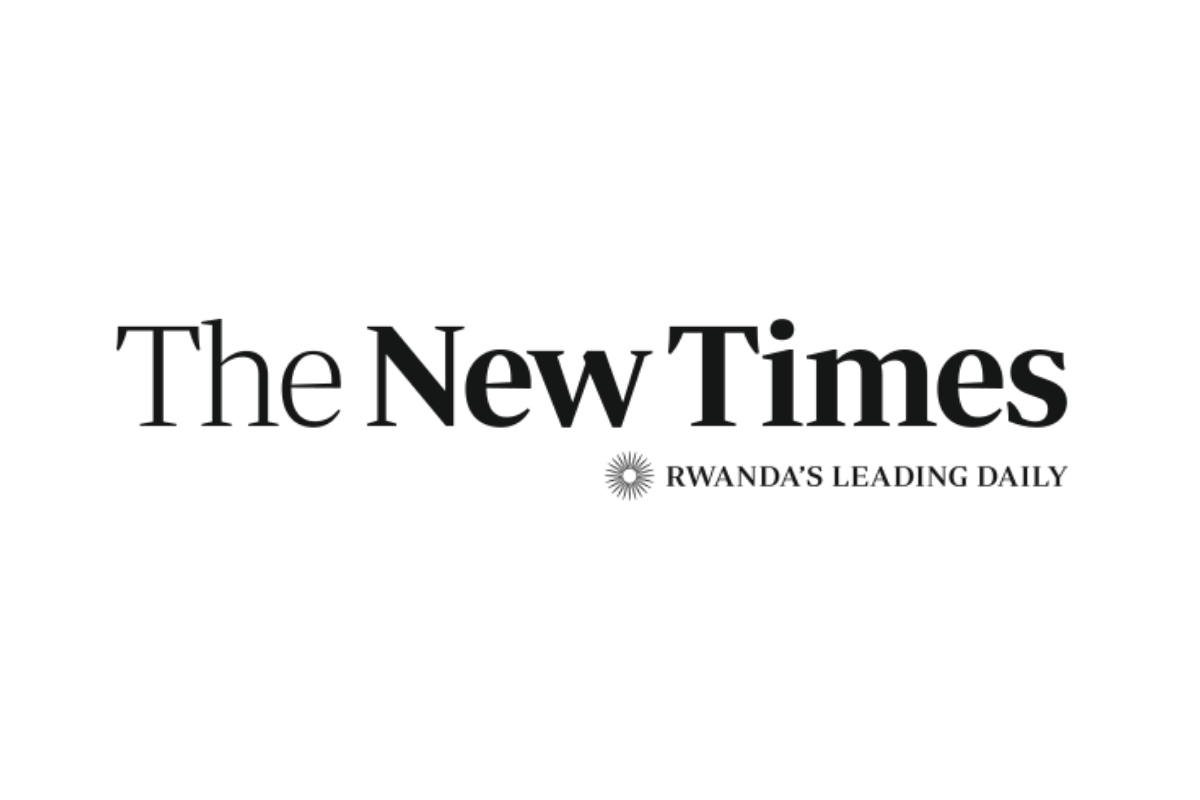 How Nigeria, Eritrea, Ethiopia Are Becoming Key FDI Sources for Rwanda
How Nigeria, Eritrea, Ethiopia Are Becoming Key FDI Sources for Rwanda
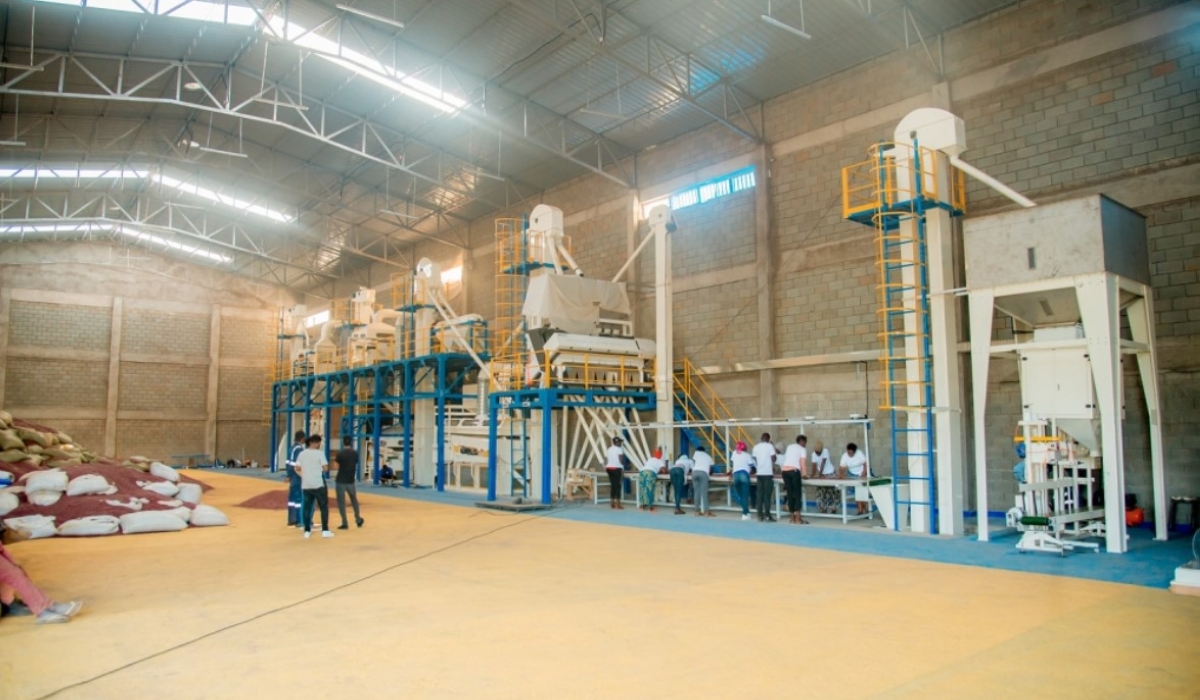 Inside the sorting and cleaning factory which is one of yared ghebremichael's investments in Rwanda. The factory is located at Rugende in Gasabo diatrict. Emmanuel Dushimimana
By Hudson Kuteesa
https://www.newtimes.co.rw/article/2573 ... for-rwanda
April 17, 2025
Inside the sorting and cleaning factory which is one of yared ghebremichael's investments in Rwanda. The factory is located at Rugende in Gasabo diatrict. Emmanuel Dushimimana
By Hudson Kuteesa
https://www.newtimes.co.rw/article/2573 ... for-rwanda
April 17, 2025
African countries Nigeria, Eritrea, and Ethiopia stood out among the top ten sources of Foreign Direct Investments (FDIs) in Rwanda in 2024, contributing over $464 million in FDIs.
Nigeria in particular was fourth on the list of FDI sources with $313 million, while Eritrea was eighth with $93.5 million, and Ethiopia came ninth with $57.6 million.
In general, statistics from Rwanda Development Board (RDB)'s 2024 report, showed that Rwanda registered 612 investment projects in 2024, with a total value of $3.2 billion, a 32.4 per cent increase compared to the $2.4 billion recorded in 2023.
China and India topped the list of countries investing in Rwanda, as China accounted for $460 million (14.1 per cent), while India followed, with $445.1 million (13.6 per cent).
Speaking about the three African countries' contribution,
Jean-Claude Rwubahuka, an economy and financial expert, said the 2024 data demonstrates a promising shift where African nations are recognising the value of investing within the continent, and Rwanda is becoming a key magnet.
Talking specifically about Eritrea and Ethiopia's FDI presence, he noted that Eritrea's contribution could be based on the country's diaspora influence, where much of the FDI may come from the Eritrean diaspora which wants to leverage Rwanda's stability to launch ventures.
Eritrean investments are likely small to medium-scale projects in services, hospitality, education, capitalising on Rwanda's open investment regime. Then they are looking at emerging reforms, where Eritrea's limited domestic investment options may be pushing outward, looking for capital flows into receptive African markets,
he added.
Regarding Ethiopia, he said, they are targeting strategic expansion, increasingly viewing Rwanda as a partner in aviation, logistics, giving an example of Ethiopian Airlines, which he says has always been successful in the country.
He also pointed at Ethiopia's Pan-African outlook, since they host the African Union.
So Ethiopian state-owned and private sector actors are shifting toward continental expansion to buffer domestic policy constraints,
he added.
Talking about why Nigeria is a strong contributor of FDI to Rwanda with 22 projects, contributing around $313 million.
He credited it to a number of things including the fact that Nigerian businesses, especially in banking, like Access Bank, in ICT and in logistics, are diversifying beyond West Africa to stable and high-growth environments like Rwanda.
Another point he noted is collaboration where Nigeria and Rwanda have signed multiple bilateral agreements, promoting trade and investment, supported by regular diplomatic engagements.
Another thing, he said, is about private sector expansion, where Nigerian conglomerates view Rwanda as a springboard to expand into Eastern and Central Africa.
But we can also not ignore Rwanda's ease of doing business. Nigerian elite investors are attracted to Rwanda's streamlined business environment, the rule of law, and good infrastructure,
he noted.
Daniel Amateye Anim, a Ghanaian economist, says the progress made by African economies like Ethiopia and Eritrea is setting the pace for other African countries to follow suit.
To me, that's the way to change the narrative in terms of our economic model, where we solely rely on countries like China, the United States, and Europe to develop our economies. Once we mobilise resources among ourselves as respective economies and countries and invest in other economies, it reassures that we are ready for better investment, we are ready for trade, we are ready for growth,
he noted.
African FDIs on the continent are very important. For any continent to develop, for any nation to develop, they should be able to control the resources that they have. What I mean by control is that their businesses should be able to dictate the pace and the direction of the growth of the economy,
he added.
According to the RDB report, the top sectors that attracted significant investments in the country in 2023 were real estate with slightly more than $350 million, manufacturing with $300 million, and arts entertainment, and recreation with over $270 million.
Accommodation and food service activities attracted more than $223.6 million. Others were construction with $208.6 million, agriculture, forestry and fishing with slightly over $206 million, and administrative and support service activities with $173.2 million.
On the other hand, agro-processing attracted $137 million, financial and insurance activities with $128.4 million, and electricity, gas, steam and air conditioning supply with $103.8 million.
While the overall performance of 2023 was better than that of the previous year, it falls short of $3.74 billion that was registered in 2021, as per data from the report.
Jean-Guy Africa, RDB CEO, says RDB is dedicated to attracting over $3 billion in new investments, continuing to enhance Rwanda's reputation as Africa's premier business destination.
Additionally, we aim to generate tourism revenues exceeding USD 700 million by showcasing Rwanda as a leading global destination for leisure, wildlife conservation, and international events,
he said.
Our commitment includes improved service delivery, the continued expansion of Special Economic Zones (SEZs), and the comprehensive digitisation of our investment processes. These initiatives will foster an environment conducive to innovation, entrepreneurship, and increased ease of doing business,
he added.
_________________
ኤርትራዊ ኣቶ መንግስተኣብ ጸጋይ፡ ኣብ ካናዳ ብዝገበሮ ብሉጽ ኣበርክቶ ክቡር ናይ ንጉስ ቻርለስ ሳልሳይ፡ መዳልያ ተቀቢሉ።
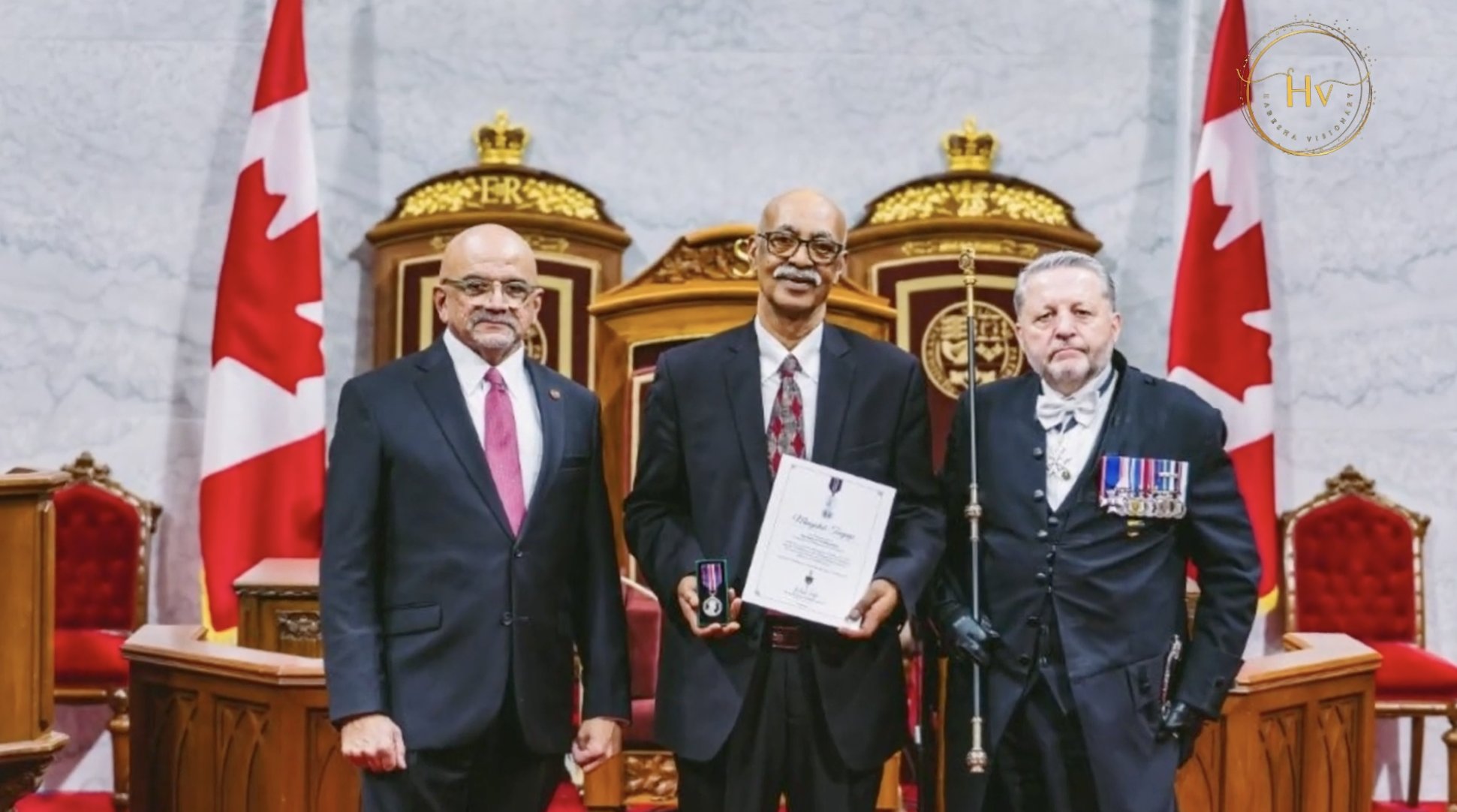
We are honored to announce that Mr.
Mengistab (Mengis)
Tsegaye, Executive Director and Co-Founder of the World Skills Employment Centre, has been awarded the King Charles III Coronation Medal in recognition of his exceptional leadership and transformative contributions to Canadian society.
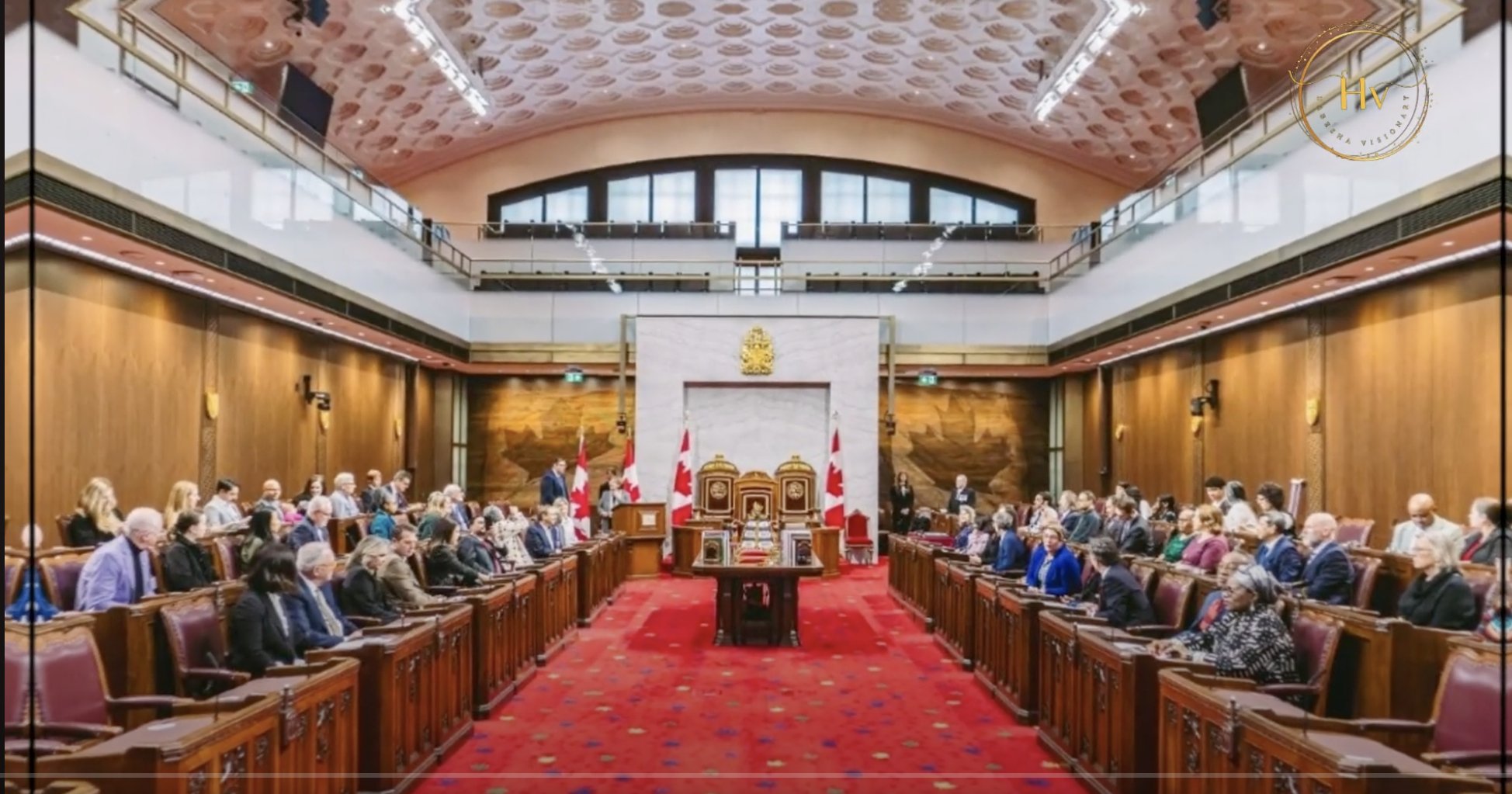
For over 27 years, Mr. Tsegaye has been a visionary advocate for equitable employment opportunities, dedicating his career to empowering internationally trained professionals to succeed in Canada. Under his stewardship, World Skills grew from a one-person initiative in 1997 into a leading organization with over 50 staff members and 10+ specialized programs, enabling thousands of newcomers to launch fulfilling careers and enrich our nation’s social and economic fabric.
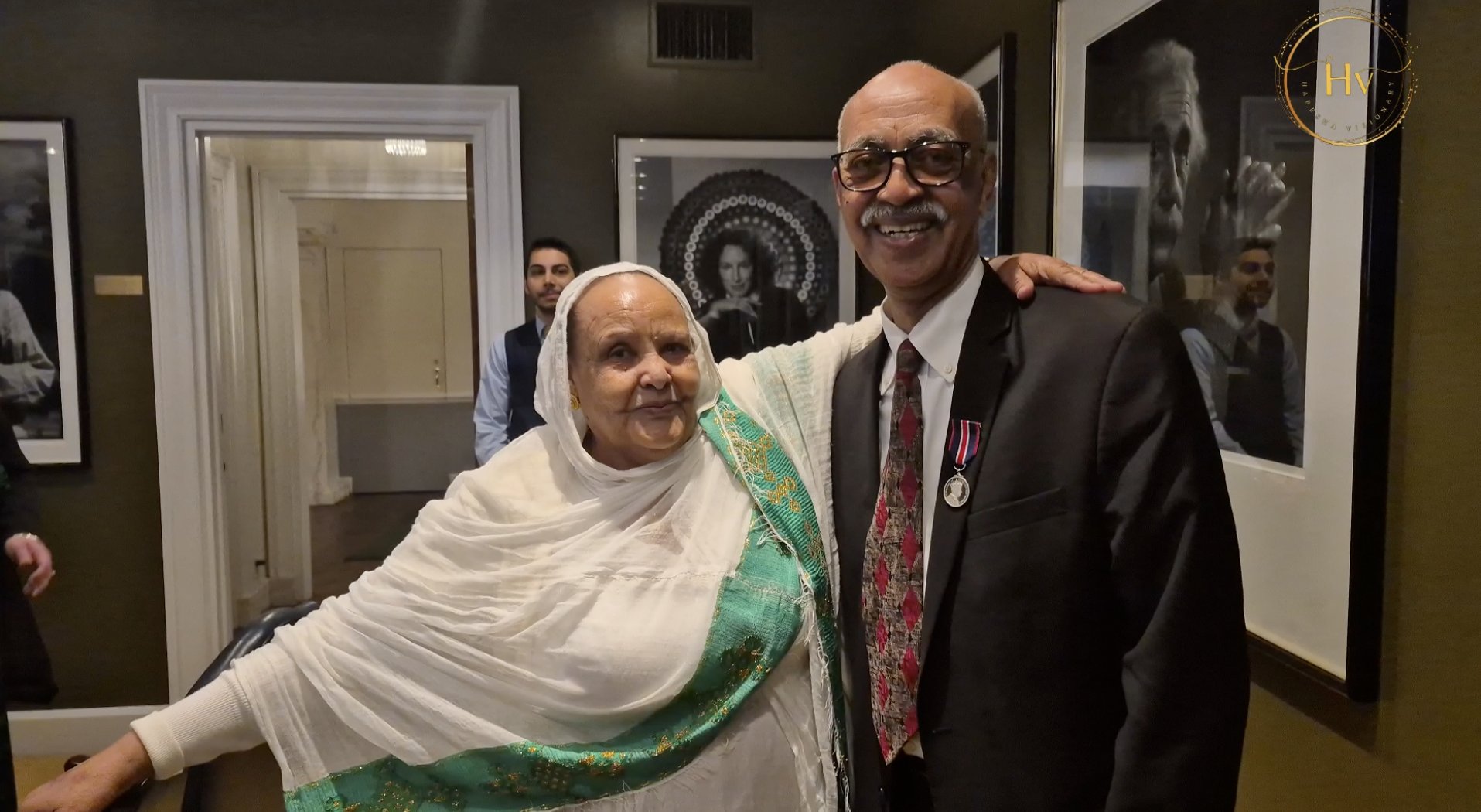
As a proud member of the Eritrean Canadian community, Mr. Tsegaye has also serves as an inspirational role model, demonstrating how perseverance, cultural pride, and civic engagement can forge pathways to success.
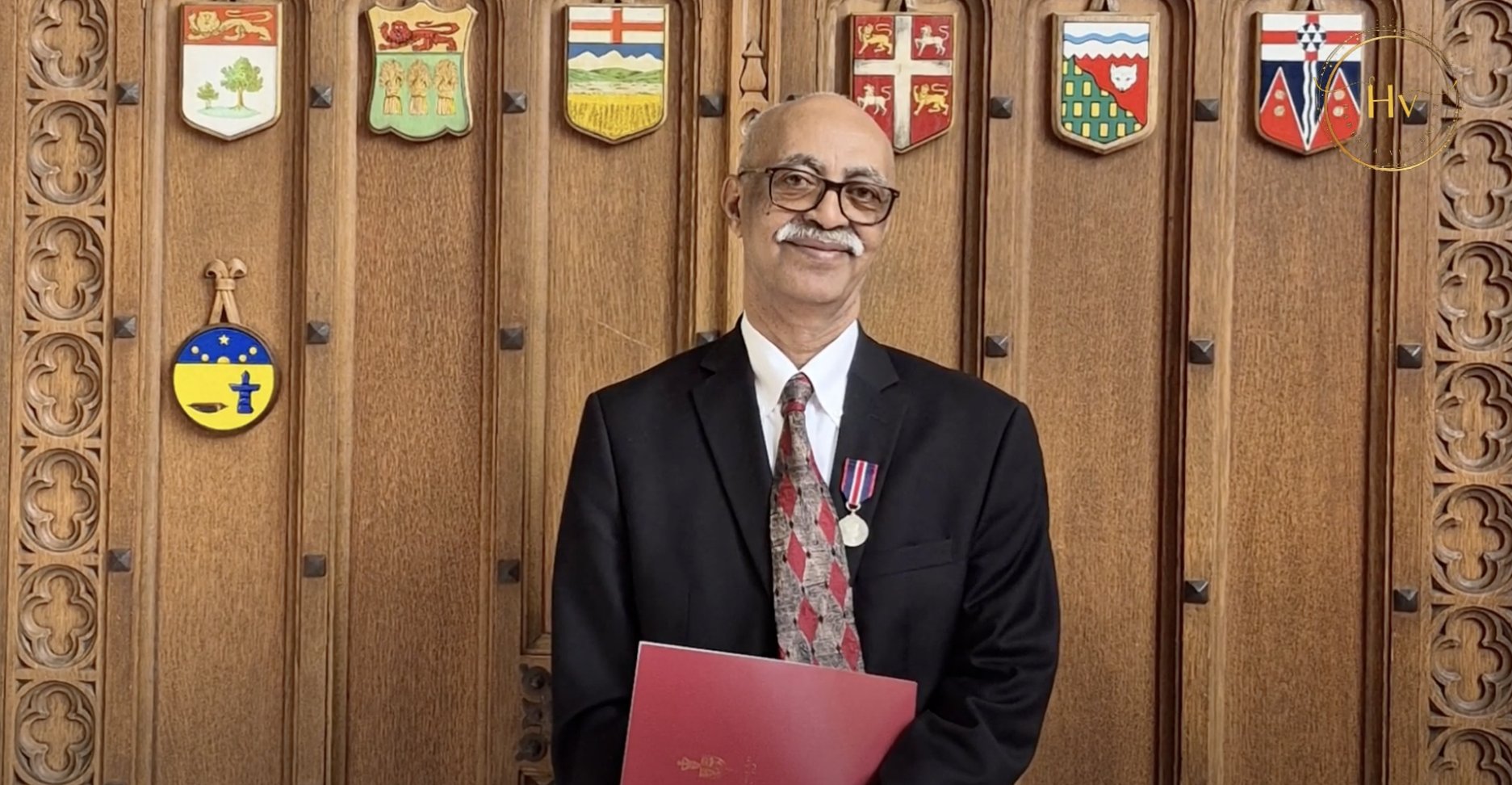 @EritreaCanada
@EritreaCanada